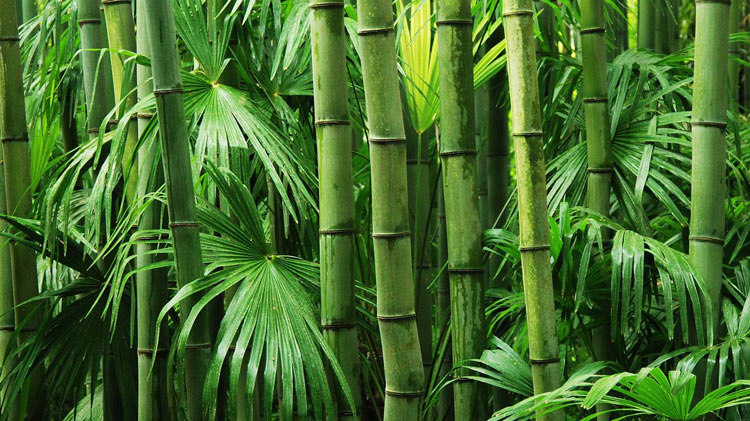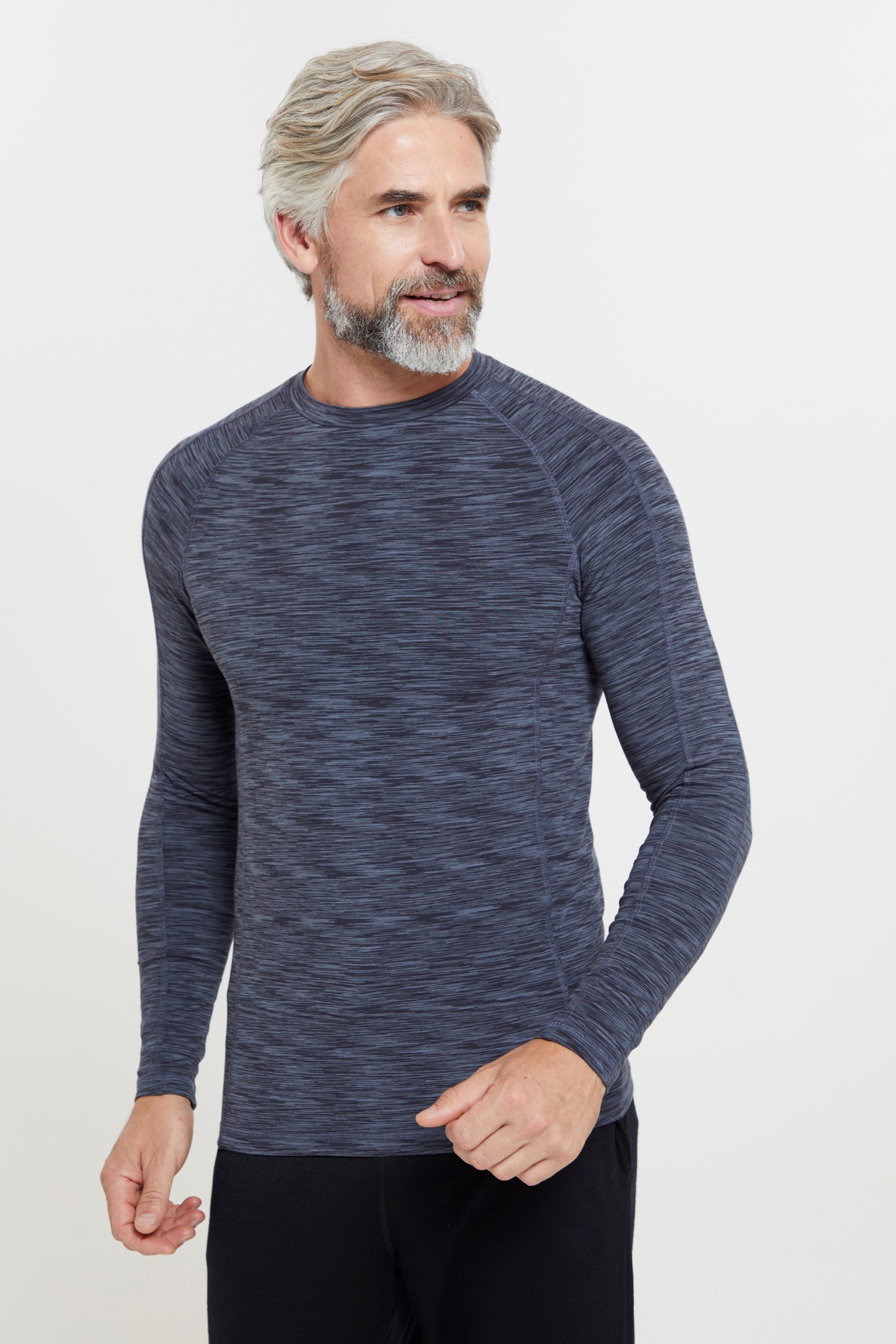Top Merino Wool Base Layer Info
Wiki Article
Why Are Yak Merino Wool Base Layers So Efficient For Winter Sport Clothing In Terms Of Natural Fiber Benefits And Environmental Sustainability?
Natural fibers are a fantastic choice for a base layer in winter sports clothes, not only for their performance but also for their sustainability.
Both merino and yak wool are made from natural fibers that come from animals. They are renewable resources which can be harvested sustainably without harming animals. These fibers are biodegradable, meaning they break down naturally without causing environmental harm.
Low Environmental Impact
Natural fibers produce less pollution than synthetic fibers. The process of harvesting and cultivating wool require less chemical processes and are more reliant on non-renewable resources as compared with synthetic fibers.
Energy Efficiency
Wool fibers are processed with less energy compared to synthetic fibers. The manufacturing process for natural wool requires less energy and reduces carbon emissions.
Microplastic pollution is reduced
Wool fibers have less impact on microplastics in water bodies than synthetic fibers. Synthetic fibers shed microplastics when they are washed.
Recyclability and Longevity
Yak-merino clothes are durable and lasts for a very long time. Wool fibers are also recyclable or repurposed to lessen pollution and waste. environment.
Sustainable Practices
Wool producers and manufactures adhere to sustainable, ethical practices. They adhere to animal welfare, management of land that is responsible and fair treatment for the workers involved in the production chain.
Environmental Certification-
The Responsible Wool Standard or Global Organic Textile Standard are certifications that verify ethical and environmentally responsible practices within the wool production industry. They offer consumers assurances about the sustainability of wool production.
In general, yak merino base layers are in line with environmental sustainability by being derived from natural, renewable sources that have minimal environmental impact during production and, often, incorporating ethical and sustainable practices into the supply chain. Natural fibers, like yak wool merino are an excellent choice for winter sportswear which promotes responsible consumption as well as eco-friendly practices. Check out the top merino wool base layer for more examples including ice breaker thermals, wool mid layer, best merino base layer, smartwool quarter zip, smartwool merino 250, merino wool underlayer, paradox merino blend, merino wool base layer womens, ski thermals womens, merino wool thermals women's and more.

What Are Some Advantages Of Wearing Bamboo Clothes, In Terms Such As The Softness, Antibacterial Properties, The Ability To Renew And Durability?
Bamboo clothing has many advantages in terms of durability and softness.
Bamboo fabric is renowned for its silky texture and extravagant feeling. It's often compared with silk or other luxurious materials, like cashmere. It is soft and gentle against your skin, and offers the most comfortable wear.
Antibacterial Properties
Natural Antimicrobial Qualities- Bamboo contains an organic antimicrobial substance known as "bamboo kun." This ingredient helps to stop the growth of odor-causing bacteria and fungi on the fabric, keeping it fresher for longer durations and decreasing the need for frequent washing.
Durability-
Strength- Bamboo fibers are tough and durable, despite their softness. Bamboo clothing is able to withstand normal wear and tear which makes it ideal for a variety of tasks without sacrificing its quality.
Renewability-
Rapid Growth Bamboo is a renewable resource and grows rapidly, without the need for pesticides. It is a resource that can be regenerated that is rapidly growing without the requirement for fertilizers or pesticides.
Sustainability-
Bamboo is an environmentally friendly product. It's a natural material that has less environmental impact. Bamboo's rapid growth as well as its water-saving qualities and the ability to grow in a variety of climates are just a few factors that help to sustain the use of the material.
Biodegradability-
Natural Breakdown - Bamboo garments are biodegradable. This means that they can decompose themselves in a natural manner after the end of their lifespan. This decreases the amount of non-biodegradable waste that ends up in landfills and also helps to minimize environmental pollution.
Hypoallergenic Qualities
More Skin Protection Bamboo fabric is less likely to cause irritation to the skin than synthetic materials. It is therefore a good choice for those with sensitive skin.
The combination of softness, antibacterial properties, resilience, renewalability, and sustainability makes bamboo clothing an appealing option for those who want comfortable, functional and eco-friendly clothing. These attributes make for an enjoyable wearing experience and also in line with environmentally conscious practices. See the top rated bamboo clothings blog for more advice including bamboo infant clothing, bamboo under wear, bamboo fiber t shirt, bamboo terry fabric, bamboo sweatpants, cotton bamboo pajamas, bamboo shirts wholesale, bamboo jeans, bamboo pants mens, bamboo baby pajamas and more.

How Do Bamboo And Merino Clothing Compare With Regular Wool?
Merino wool layers, bamboo clothes and regular wool all have distinct characteristics that set them apart- Merino Wool
Merino wool's fine fibers are soft and feel good against your skin. It's less likely to itch or cause irritation than wool that is more traditional.
Merino Wool has excellent moisture- Wicking Properties- Merino is a wicking and moisture-wicking fabric that draws moisture away and lets it evaporate. The wearer is dry and comfortable.
Merino Wool is an excellent insulation and provides warmth even when wet. It regulates body temperatures by providing insulation and breathability to prevent overheating while exercising.
Odor Resistance - It is an anti-bacterial ingredient in nature which inhibits the growth of bacteria making clothes fresh and fragrant even after prolonged wear.
Bamboo Clothing
The softness. Bamboo clothing is often compared in feel to cashmere and silk. It's soft on the skin and offers an exquisite experience when wearing.
Bamboo fabric wicks moisture and draws water away from the skin to keep the wearer dry.
Temperature Regulation- Bamboo clothing has natural temperature-regulating abilities, offering warmth in winter and breathability to prevent overheating.
Sustainability - Bamboo is an extremely renewable resource that grows rapidly without the use of pesticides. Biodegradable bamboo can have a minor environmental impact.
Wool Regular
Texture. The texture of wool is variable. Certain types are more coarse in texture and more susceptible for itching.
Warmth - Regular Wool provides great insulation and warmth, although it may feel large and heavy at times.
Wool absorbs moisture. This means it is less effective in wicking away moisture in comparison to merino bamboo or other fabrics. Wool keeps its warmth even when damp.
The advantages of merino include the softness, moisture-wicking capacity as well as resistance to odor and insulation. Bamboo clothing provides a smooth texture, wicking capabilities, temperature regulation and sustainability. Regular wool is different in its texture. It might not be as soft or possess the same moisture wicking ability like bamboo and merino, however, it provides warmth. Each wool type is distinct and is suited to various styles of winter clothes. Follow the most popular merino winter clothings for website recommendations including wool base layer womens, snow base layers, spyder baselayer, first lite merino wool base layer, smartwool base layer sale, ski thermals womens, wool undershirts, merino wool long johns, merino wool undershirt, best layers for skiing and more.
